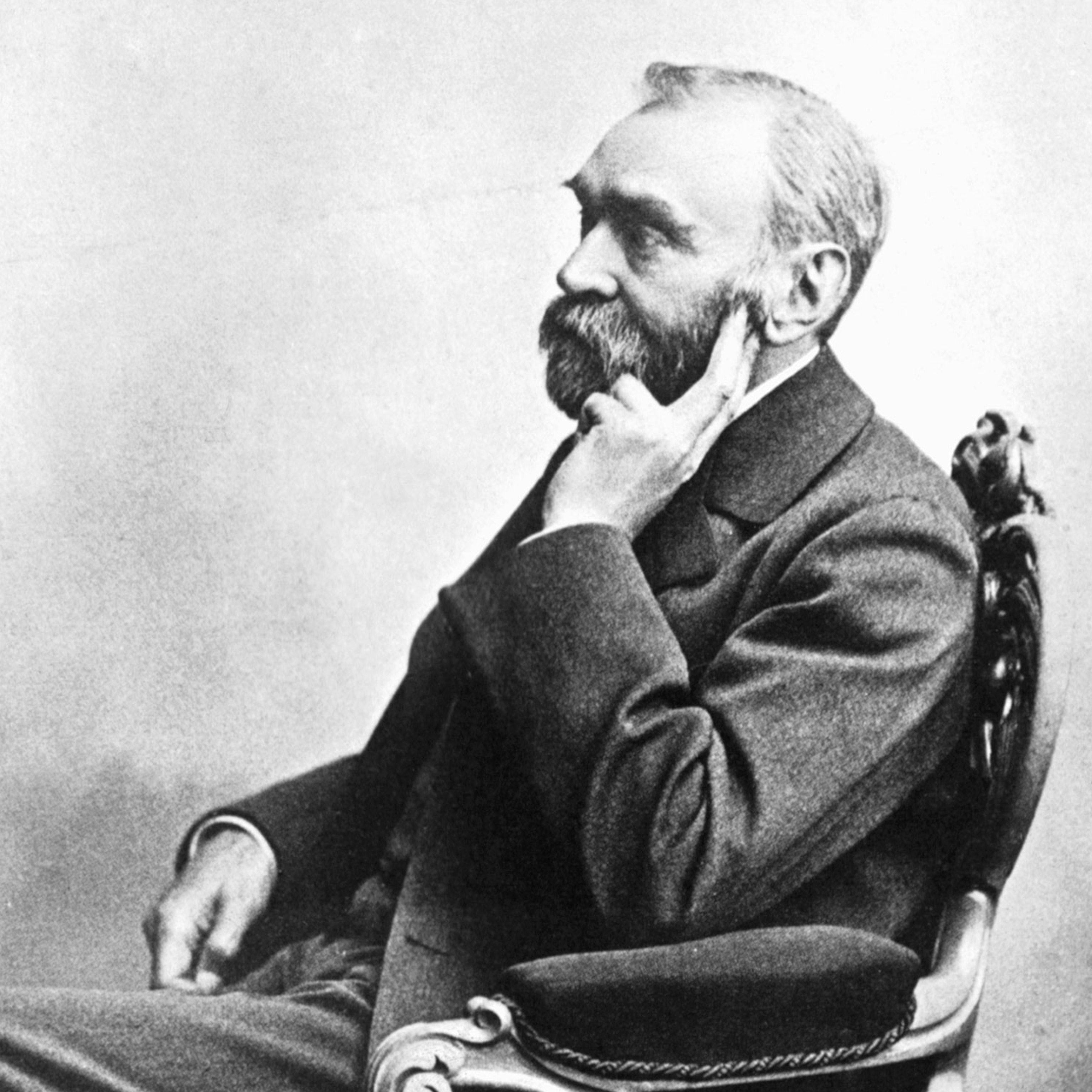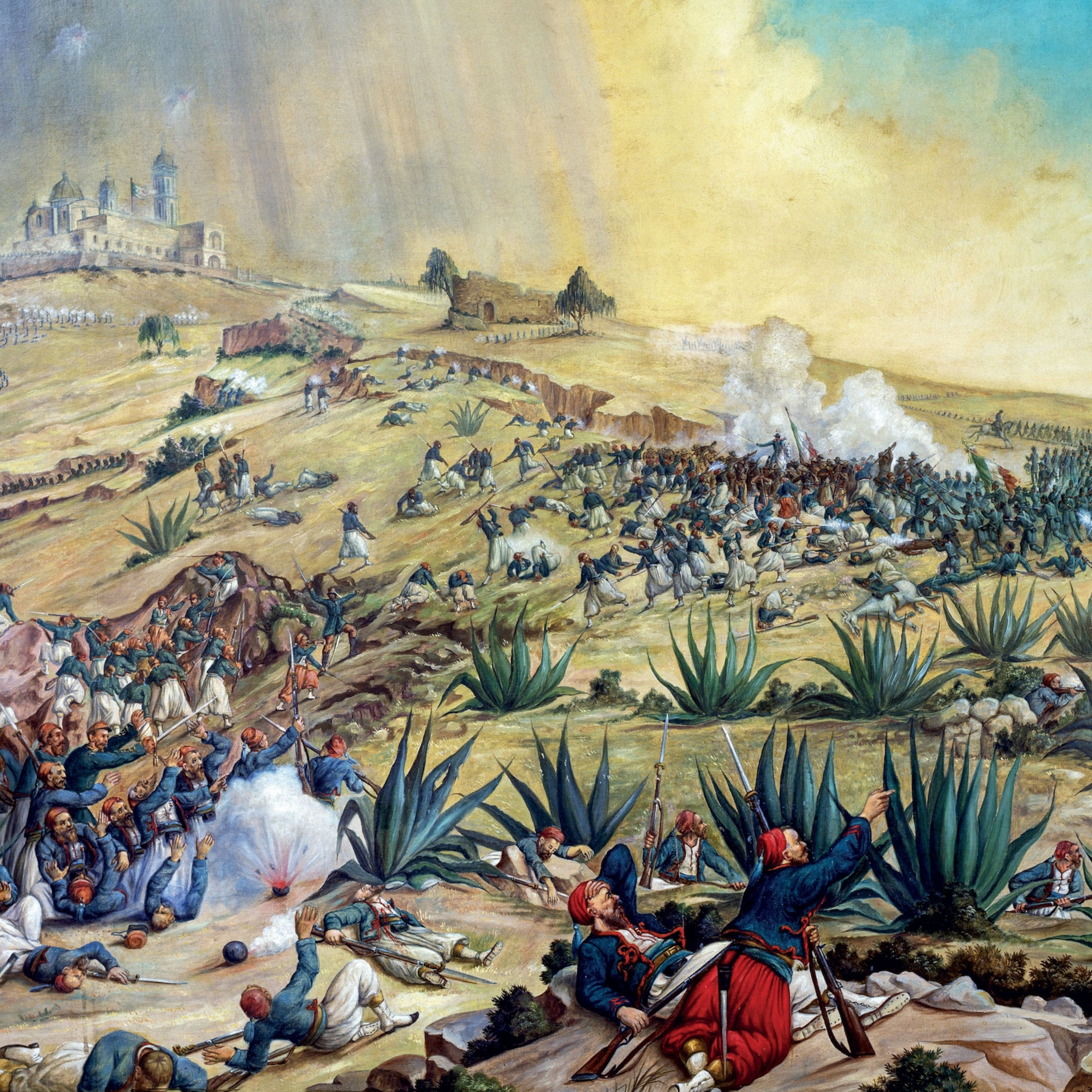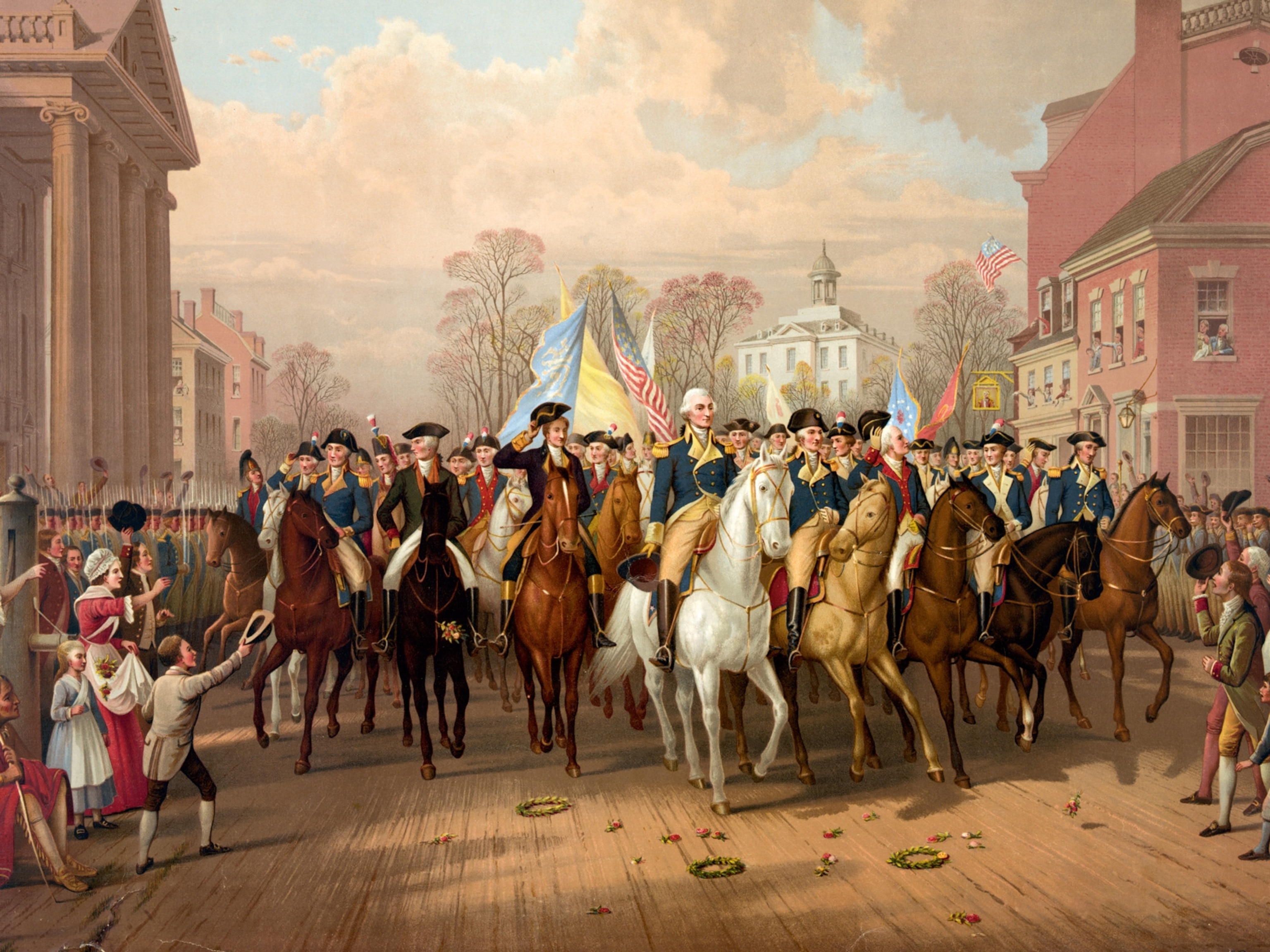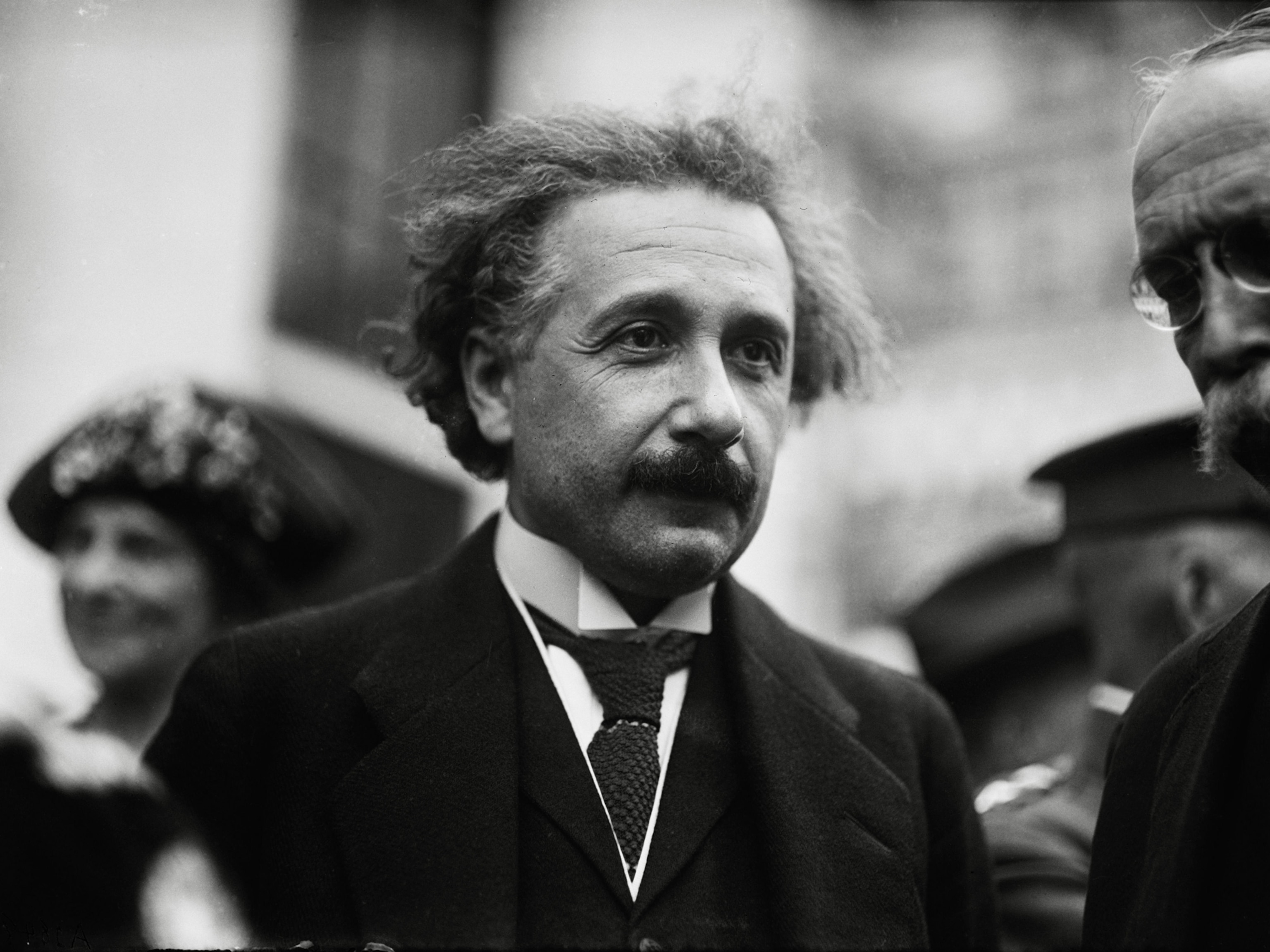
The explosive origins of the Nobel Prizes
Alfred Nobel, creator of the famous Nobel Prizes, was a paradox: An arms dealer in life, Nobel decided in death to use his dynamite fortune to fund a peaceful foundation.
For nearly a millennium, gunpowder reigned supreme as the world’s premium explosive. Stable and safe, it was ideal for munitions. But after the industrial revolution in the 19th century, activities such as mining increasingly necessitated far more explosive power.
In 1847 a breakthrough came with the development of nitroglycerin, an extraordinarily strong—and terribly dangerous—compound. Its volatility gave it power but led to deadly accidents. The challenge for inventors was to marry the power of nitroglycerin to the stability of gunpowder. The man who did it was Alfred Nobel. It was an achievement that made him not only rich but also troubled. Nobel’s complex mix of genius, business acumen, and conscience led to the creation of the world’s most famous awards for positive contributions to humanity.
Travels and tragedy
Alfred’s father, Immanuel Nobel, was a Swedish businessman and inventor who set himself up in Russia in the service of the tsars. His factory provided arms for the Russian Army during the Crimean War in the 1850s. But in 1859, a few years after the war ended and the demand for arms fell away, the business went bankrupt. Alfred, who was living with his parents in St. Petersburg and had begun his chemistry studies there, now returned to Stockholm, where he pursued research into explosives, including work with nitroglycerin.
The Nobels experienced nitroglycerin’s devastating power in 1864. An explosion at the Nobel factory in Stockholm killed several people, among them Alfred’s younger brother, Emil. Far from discouraging Nobel, the tragedy may even have galvanized him in his research and strengthened his resolve to find a safer alternative.
Three years later, in 1867, Nobel stumbled on the discovery that would make him a household name. Purely by chance, he observed that the porous sedimentary rock known as diatomaceous earth has the property of absorbing nitroglycerin. On testing the resulting mixture he found, to his excitement, that it was an effective explosive but far more stable than pure nitroglycerin. Nobel termed the compound “dynamite” from the Greek dynamis, meaning “power.”

The discovery brought him immediate wealth and recognition. While others might have rested on their laurels, Nobel continued researching more effective weapons. In 1875 he invented a mixture of nitroglycerin and nitrocellulose that was more resistant to water and even more powerful than the original formulation of dynamite.
Alfred Nobel was only 63 when died at a villa in San Remo, Italy, in 1896. When his will was read to his relatives, there was, understandably, a huge interest in who would inherit his fortune. To their astonishment and anger, they were left only a fraction of it. Nobel had bequeathed the lion’s share to endow a new foundation that would, every year, award prizes to outstanding figures in physics, chemistry, physiology or medicine, literature, and peace.
An unlikely pacifist
What was it that prompted Alfred Nobel to create the endowment and the prestigious prizes? The answer may lie in a case of mistaken identity. In 1888 his brother Ludvig died. A French journalist mistakenly believed that it was Alfred who had died and wrote the headline: “Le marchand de la mort est mort”—The merchant of death is dead. It has been suggested that Nobel was deeply affected by this incident, and it caused him to reflect on his legacy.
Life of a Loner
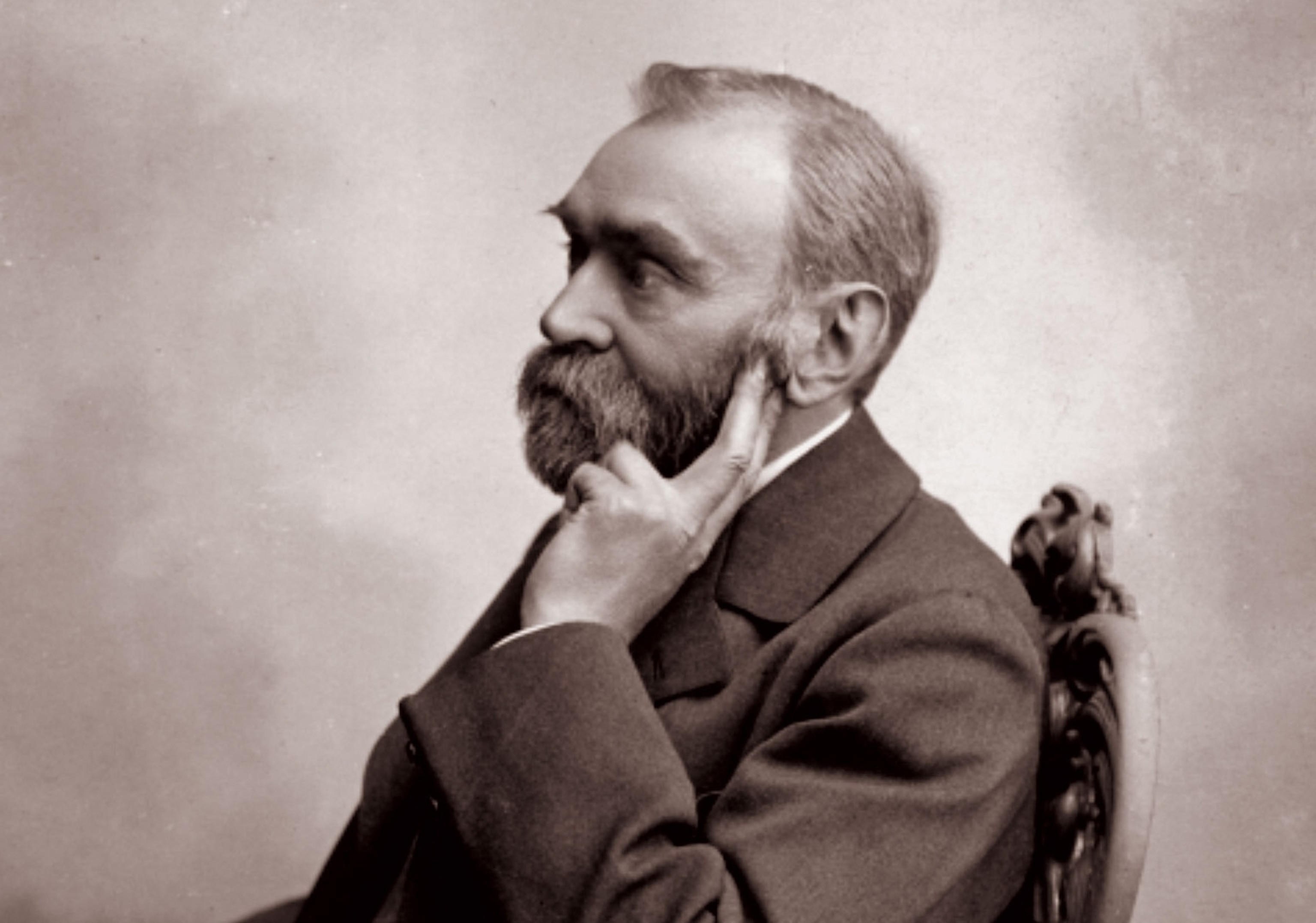
One of eight children, Alfred Nobel was a solitary man as an adult. He chose a simple life, secluded from society. Nobel never married and had few female friendships. His constant travel kept him distant from relatives. He is said to have described himself as a hermit and once wrote: “I am a misanthrope and yet utterly benevolent, have more than one screw loose yet am a super-idealist who digests philosophy more efficiently than food.” One day, he fell gravely ill and the only person who came to visit him was an employee—one of several events that led him to reflect on his life, on his legacy, and how he would be remembered.
The Nobel family’s links to the arms trade were undeniable. Shortly before his death, Nobel acquired the Bofors foundry (today a major Swedish defense firm). Nor did Nobel harbor especially progressive views. He opposed women’s right to vote and acted in a notably paternalistic manner toward his factory workers.
At the same time, he had always made an effort to be a patron of the sciences and a supporter of numerous causes. His posthumous prizes can be understood in the context of the age. Nobel, it seemed, was influenced by thinkers such as his acquaintance Baroness Bertha von Suttner—later, a recipient of a Nobel Peace Prize—whose 1889 pacifist novel Lay Down Your Arms was a best seller. There is some evidence that Nobel believed that dynamite would be instrumental in bringing about world peace. He once wrote to von Suttner: “Perhaps my factories will put an end to war sooner than your congresses: on the day that two army corps can mutually annihilate each other in a second, all civilized nations will surely recoil with horror and disband their troops.”
Prizes and polemic
Nobel’s will named a series of institutions as responsible for awarding the prizes in his name. The Royal Swedish Academy of Sciences was to take charge of the physics and chemistry prizes, the Karolinska Institute would award the medicine prize, the Swedish Academy would give the literature prize, and the peace prize was to be decided by the Norwegian Storting (Parliament of Norway).
Designating Norway as awarders of the signature peace prize turned out to be a controversial decision. The country was, at the time, under Swedish sovereignty, although a burgeoning secessionist movement would eventually achieve Norwegian independence in 1905. This, and other factors, clouded Nobel’s scheme in controversy. King Oscar II of Sweden considered the prizes an extravagance that would mean large sums of money leaving his country every year.
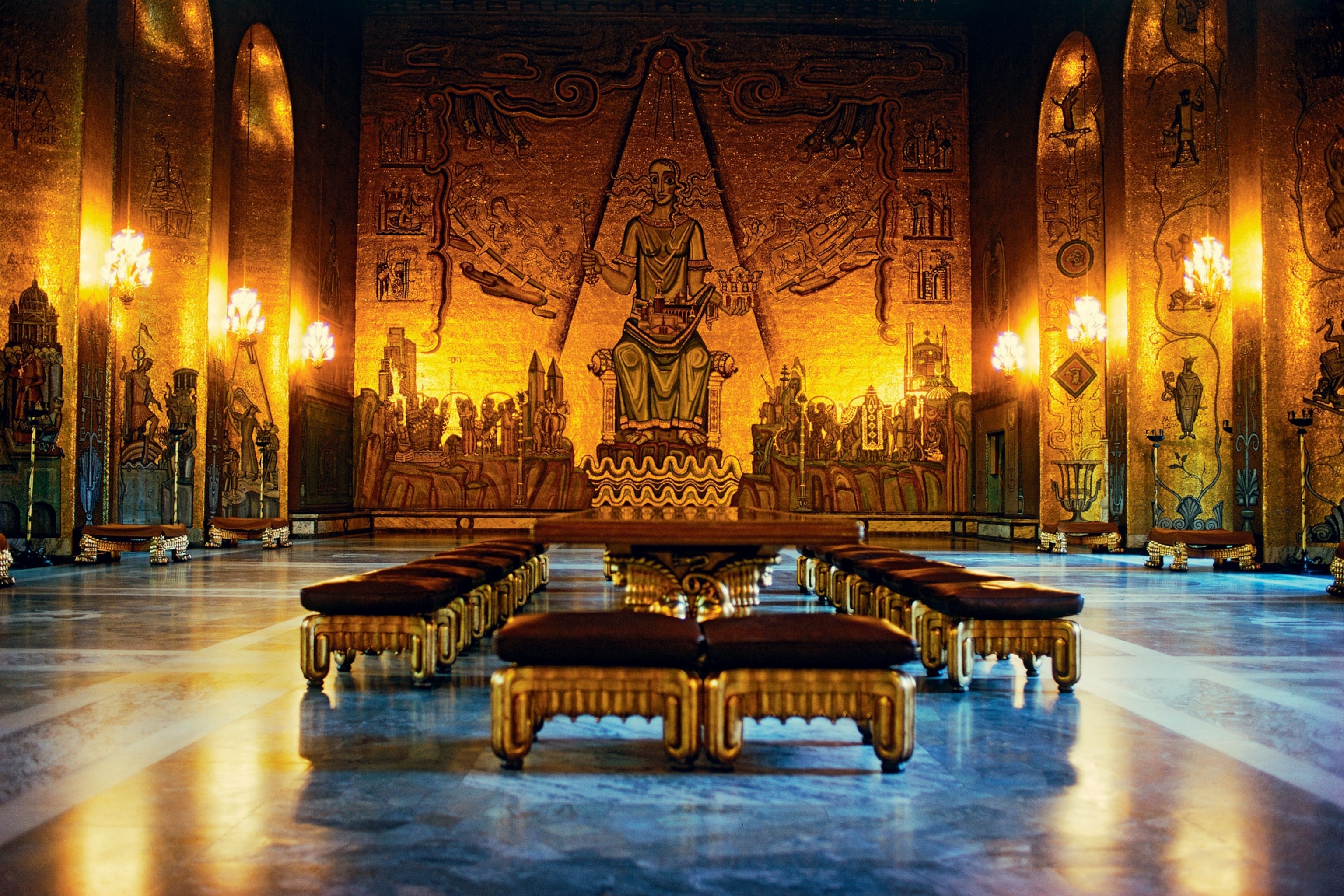
Nobel’s relatives, who had been all but disinherited, were also unhappy. They certainly didn’t have any financial difficulties themselves—among other businesses, they owned lucrative oil wells in the Caucasus—but as Alfred’s businesses were closely linked with those of his relatives, they could legitimately claim that the liquidation of the deceased’s assets did jeopardize them. These objections and pressures could have easily scuppered Nobel’s honorable, but complex, bequest. If just one of the institutions designated by Nobel had declined the unsought honor, for instance, the whole project could have been undermined. Neither the will nor any of the accompanying documents specified how the new foundation should be set up or how the money should be managed.
In the end, Nobel’s vision became reality thanks to Ragnar Sohlman, a young engineer whom he commissioned in his will to set up the Nobel Foundation. Along with his colleague, Rudolf Lilljequist, Sohlman traveled widely to locate and secure Nobel’s assets in the name of the bequest—shares, bonds, cash, and documents—and, bit by bit, move them to Sweden before they could be blocked. Sohlman was particularly concerned that the French authorities might try to stop the funds from leaving the country, so he packed up boxes with the documents and sent them to Sweden as registered post to make sure they were secure.
From Dream to Reality
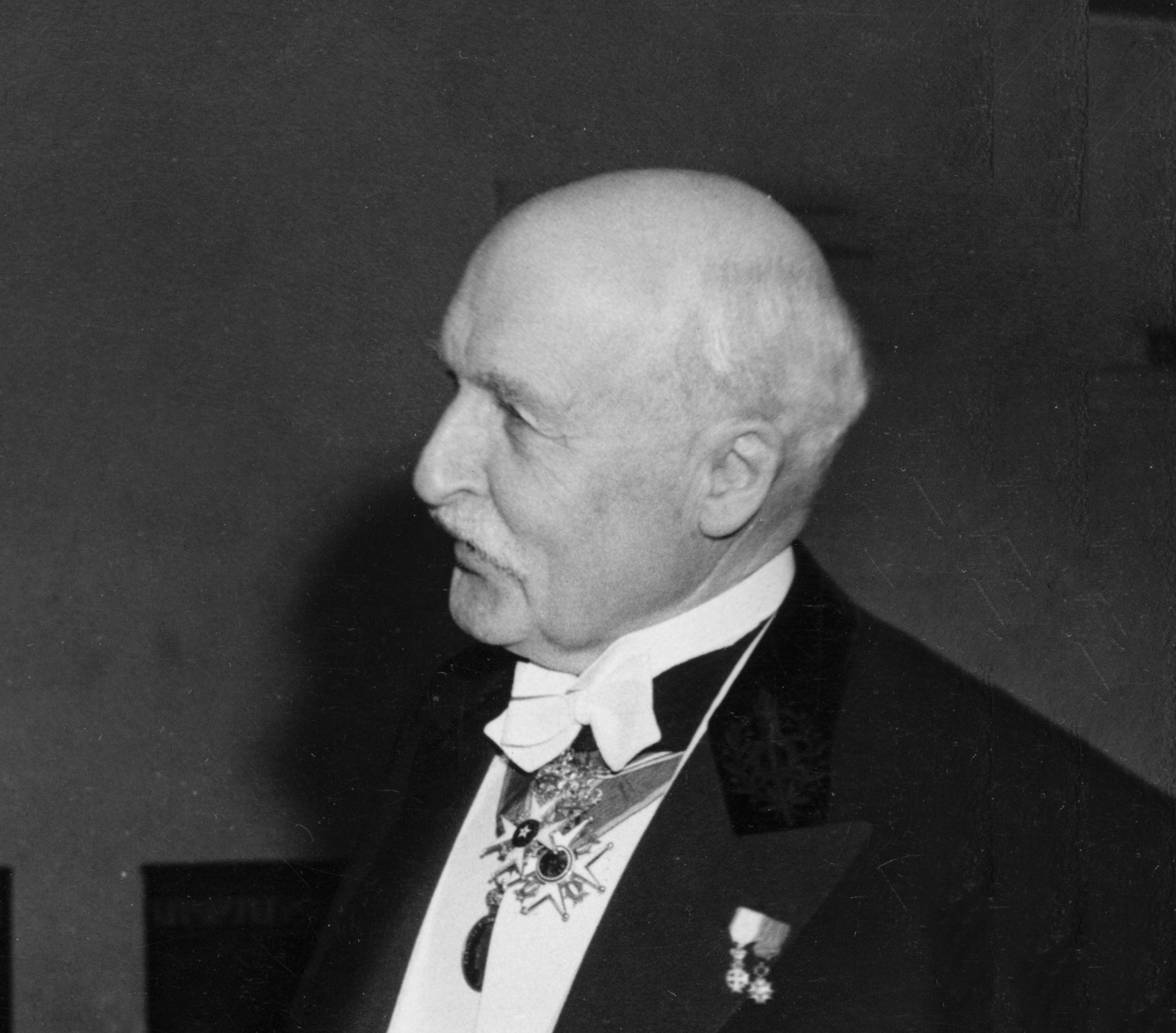
Alfred Nobel may have provided the funds, but Ragnar Sohlman made the Nobel Prizes a reality. A chemical engineer by trade, he was co-executor of Nobel’s estate. He secured Nobel’s assets and collaborated with the prize-awarding institutions. Between 1929 and 1946 he presided over the Nobel Foundation and helped make the awards a worldwide phenomenon.
In 1901, after five years of planning, the first Nobel Prizes were awarded. Since then, the impact of the awards has been colossal. Every fall, the decisions are eagerly awaited, intensely analyzed, and applauded or savaged.
The Nobel Peace Prize has often courted particular controversy. Among the nominees for the prize in 1939, for example, was Adolf Hitler—in the end, because of the outbreak of the Second World War, no prize was awarded that year. Other winners—such as Martin Luther King, Mother Theresa, and Nelson Mandela—were largely hailed. They, and recipients of the other Nobel Prizes, conformed to the lofty intention that the prizes be awarded to: “Those who, during the preceding year, shall have conferred the greatest benefit to mankind.”

